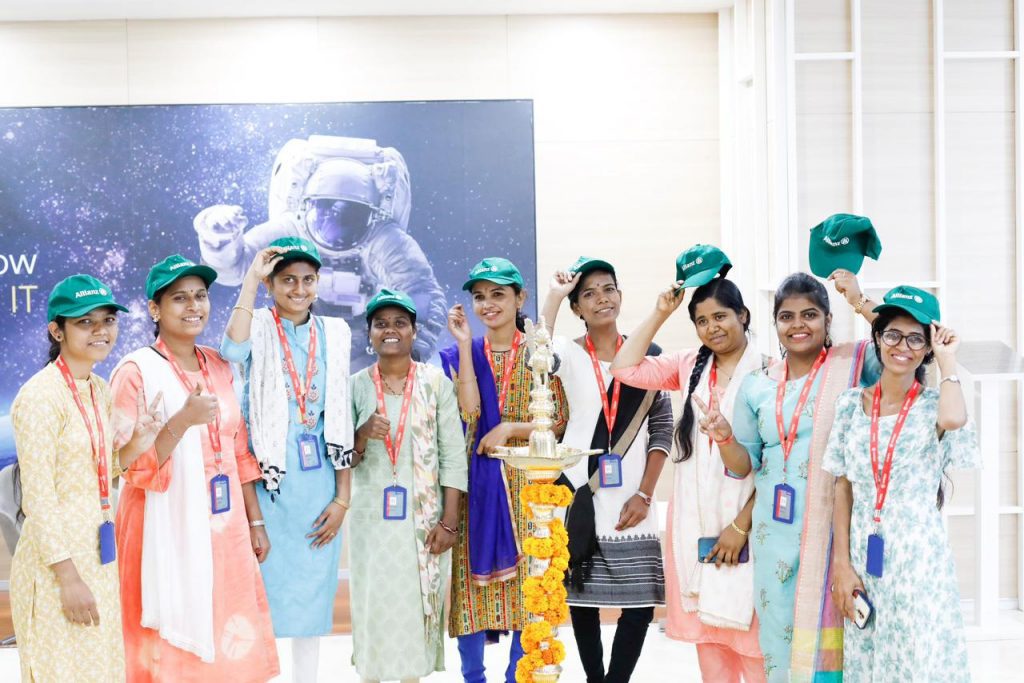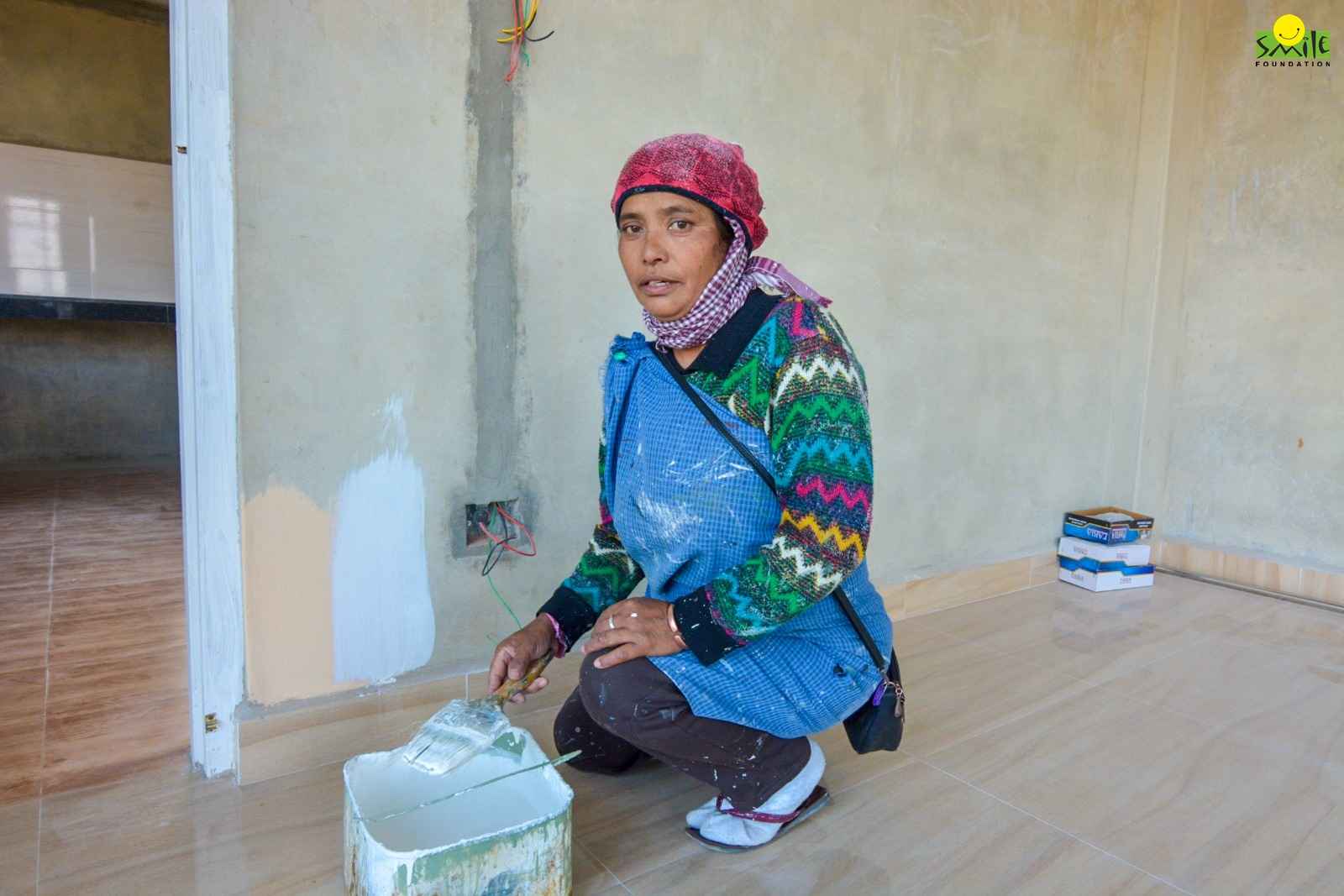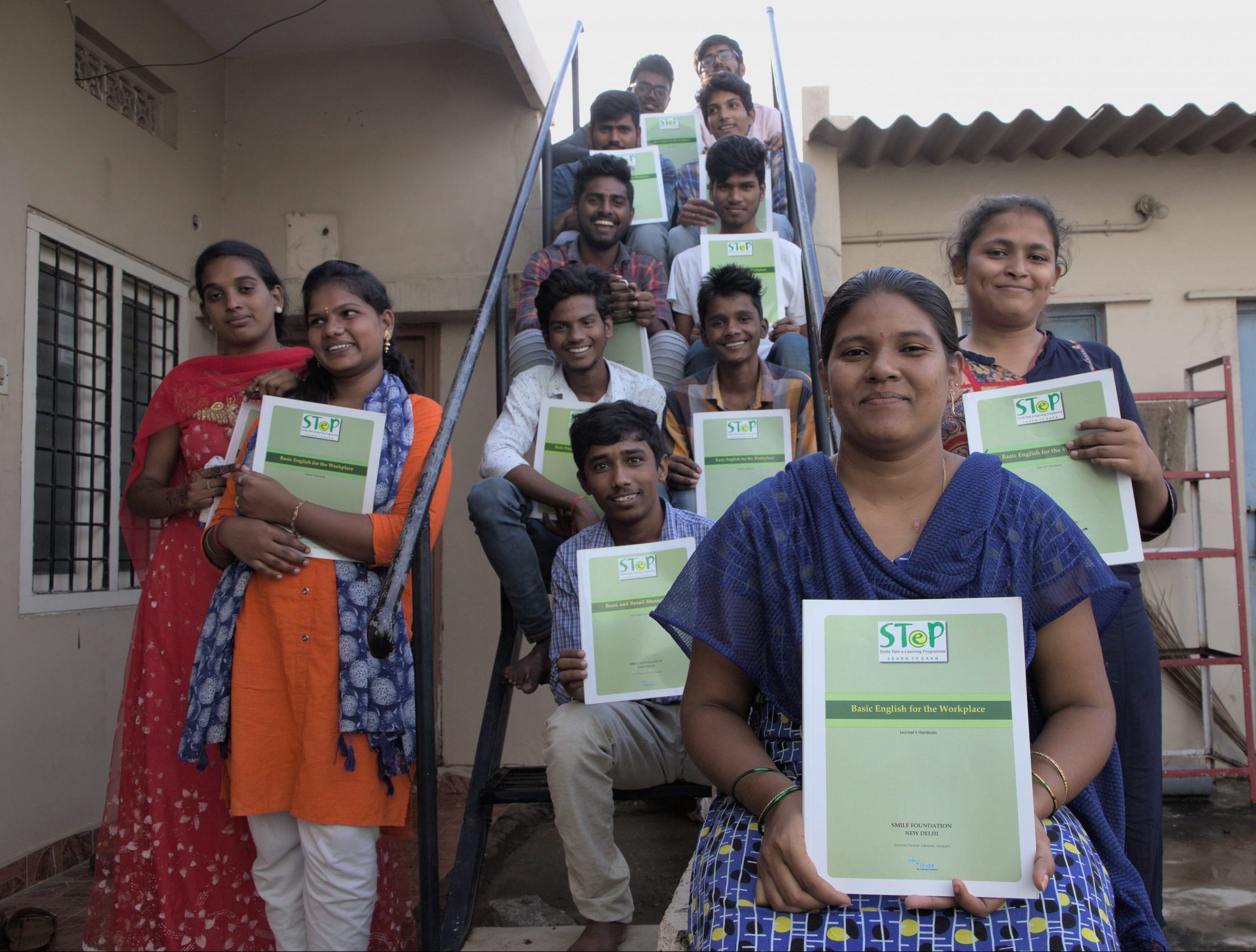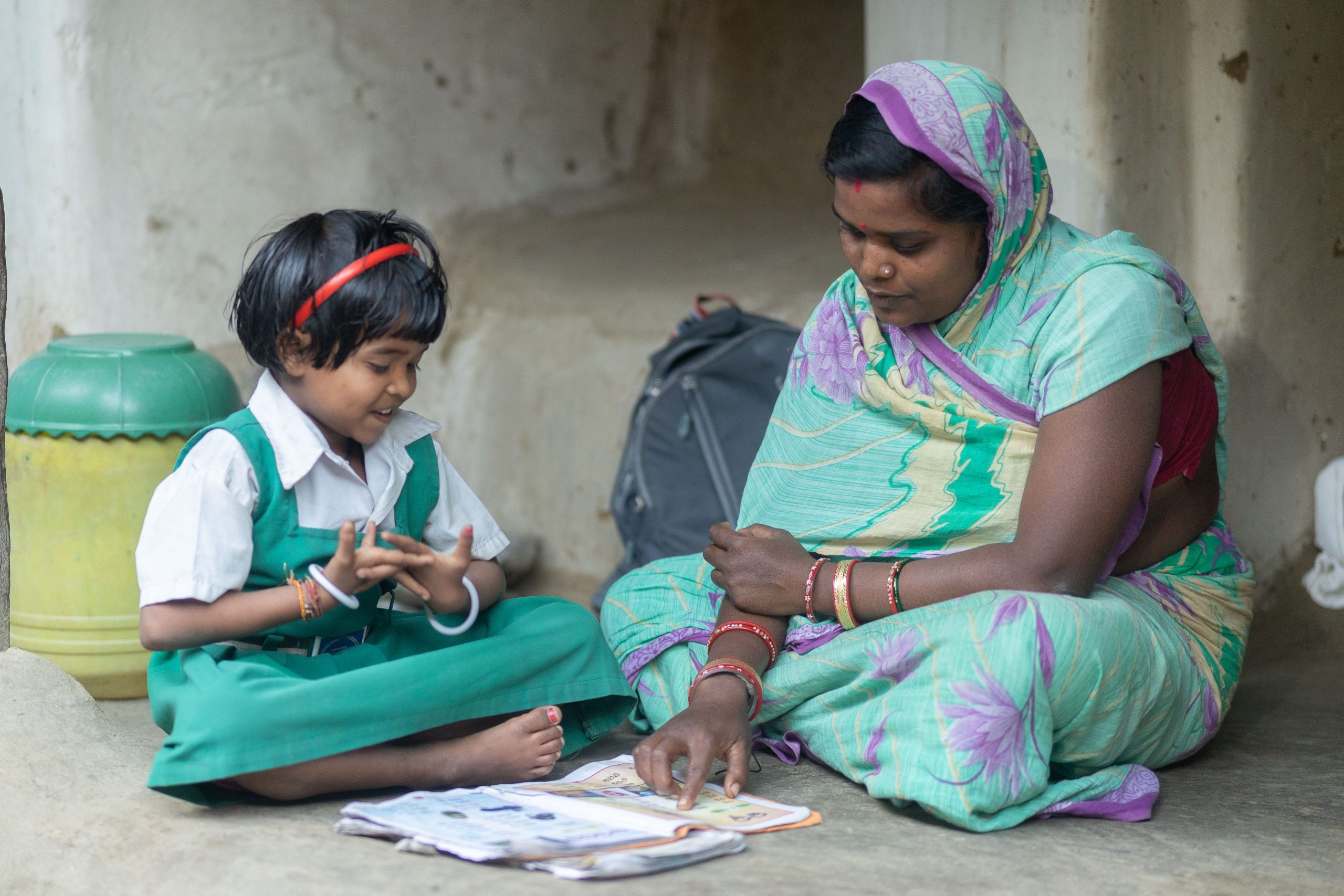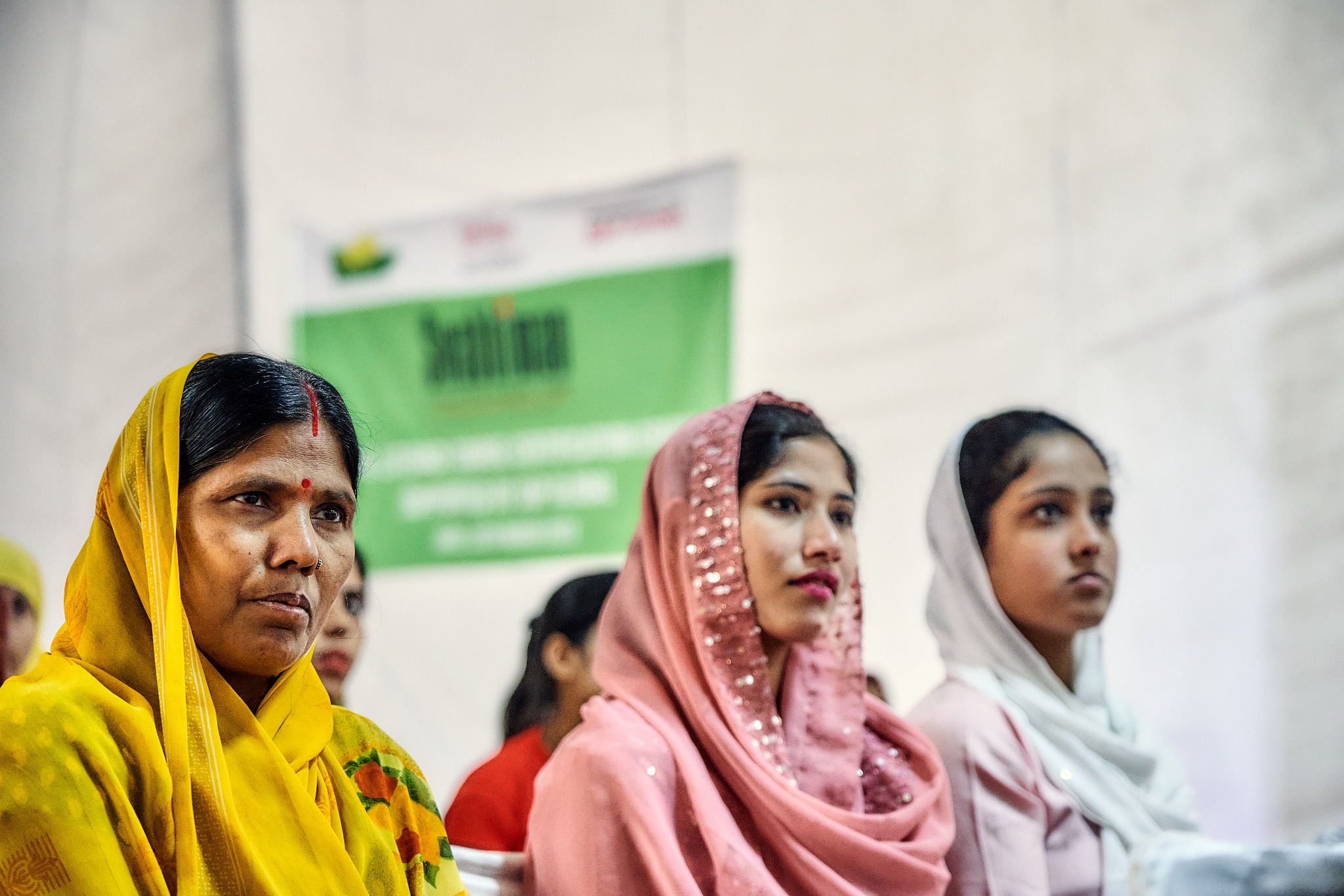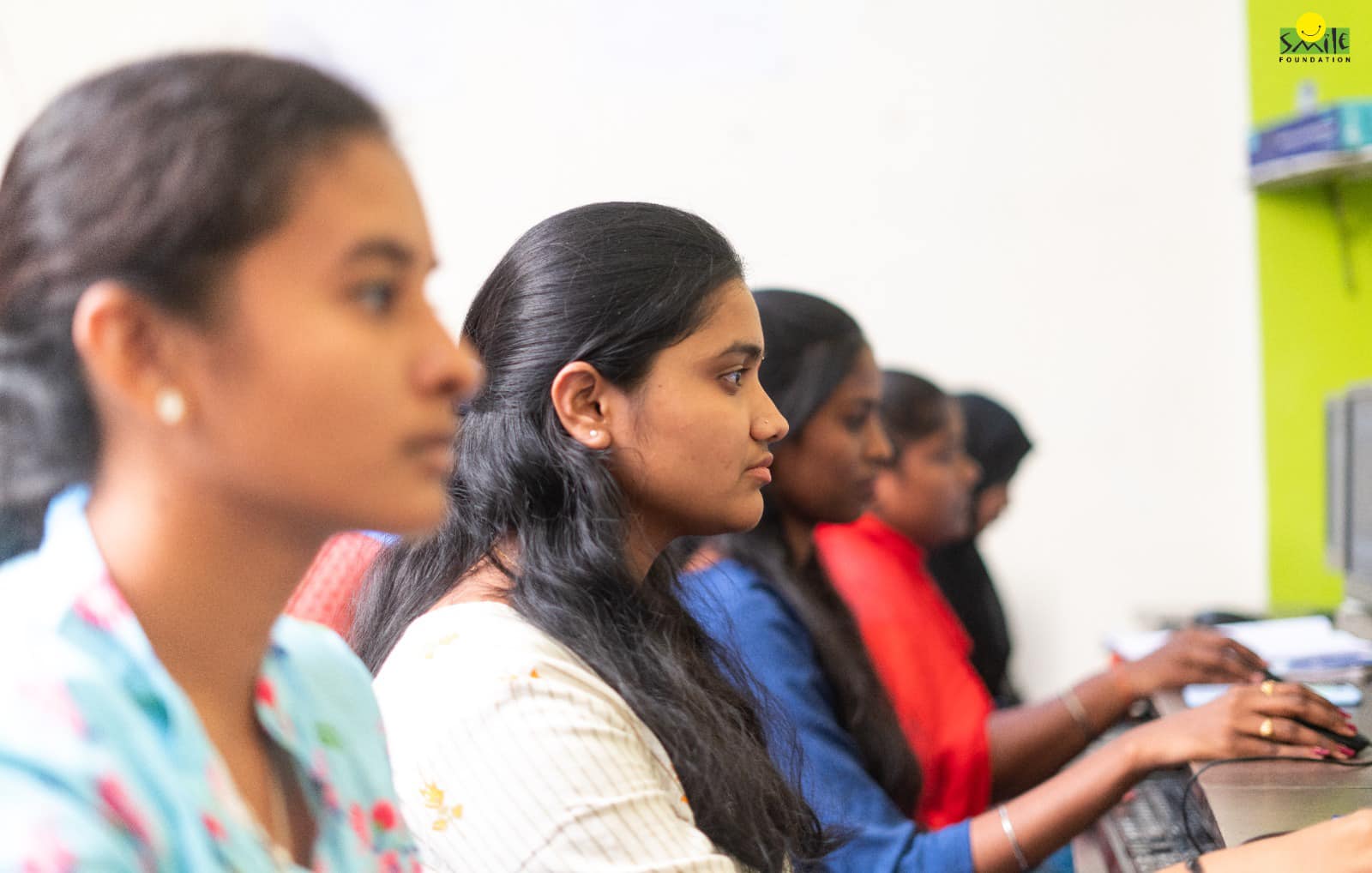The working class is no stranger to the struggles of corporate life. Applying for jobs, scoring interviews, landing their dream job, learning, and the quest to keep growing are taxing. No wonder resilience takes a back seat when working women are hit with the realities of the gender pay gap.
Statistically speaking, women capture only 18% of all of India’s labor income. As per the India discrimination report 2022, 98% of this employment gap in urban areas stems from gender discrimination. So we have evidence to prove two tough situations— women are either not getting employed or are getting paid less than men.
We’ll try to figure out why the gender pay gap exists, what it does to the spirit of working women, and how it can be slowly eradicated.
Gender-pay Gap in India: The Foundation
Let’s try and understand the reasons for the massive gender pay gap in India.
Lack of Education
Education is paramount as one starts a new job or tries to grow to their full potential. It empowers people to excel in their careers or start their own businesses.
India has made strides in the last few years when it comes to education. We have seen positive growth in literacy rates for both men and women. However, the gender literacy gap still exists; there still are more educated men than women in urban as well as rural India.
High-quality education paves the way for high-quality opportunities and training programs. It then helps eliminate the gender pay gap by equipping women with better skills and qualifications. Therefore, getting proper education is vital to progress in one’s career.
Culture of Control
Women in India face an imbalanced burden of unpaid household work. It is due to the traditional gender roles that were defined centuries ago. Furthermore, the patriarchal power structures are still prevalent, confining women to the roles defined by people who ironically aren’t even alive anymore.
There is progress, of course; people are changing. But only when you experience the burdens of culture and traditional norms first hand you understand how they can impact one’s professional life. And it is hard to navigate through the ever-building pressure.
Women still find themselves being forced to prioritise caregiving at home and other social situations over getting an education, training, or paid work. This kind of burden and restriction to the set roles limit the career prospects of women and economic opportunities. This leads to a cycle of inequality.
At the Workplace
We all know that gender discrimination in the workplace is no myth. Non-inclusivity, sexual harassment, and many other forms of microaggression make it challenging for women to progress in their careers. It stops them from pursuing opportunities that were, and sadly still are, traditionally male-dominated.
These factors create a hostile work environment for women. It results in stress, anxiety, and a lack of motivation to succeed in the workplace.
The Disappointment
After tackling all these insecurities and inequalities and the stress and struggles of maintaining a job, it is hard to stay motivated if you are not monetarily compensated well. It gets more complicated when a woman realises that their male counterparts, with comparable or lesser talents, are getting paid more.
This realisation is no less than a direct attack on the spirit of working women. It sends a disheartening message to women that their work is less valuable than the work men do. It undermines their self-worth and leads to frustration, which can turn into demotivation.
The gender wage gap also makes it difficult for women to achieve financial independence. It causes hindrances in contributing to the growth of their families and the larger community. Restricted access to capital and other assets also amplifies their inability to weather a crisis or recover from setbacks.
Therefore, they must depend on their families or partners, losing their independence to keep moving forward.
The gap also perpetuates gender inequality in society. It reinforces the archaic idea that women are somehow secondary to men. It makes the idea of equal pay for women far-fetched.
The quality of work also gets affected. Pay and quality of work are directly correlated: better pay results in higher job satisfaction, leading to higher quality work. Low pay can create a vicious cycle women might find themselves trapped, making them unable to procure high-quality work.
Therefore, gender pay inequality limits women’s opportunities and makes it harder for them to advance to positions of power and influence. It hinders their economic empowerment while undermining their dignity at the same time. Family and societal pressures are also further amplified when women can’t sustain themselves.
All of this only because one was born a certain gender? Well, it feels a lot unfair.
The Fight is On
But women persevere; they fight. Historically, they have kept moving forward to enhance their careers. Women had to fight for their right to vote. They had to fight to get more opportunities in the corporate world, and now, the new generation has to fight to get equal pay.
And they are fighting. A report states that gender discrimination on pay drops to 54% when considering women aged 25 and above. It suggests that with more experience in the workforce, women are more likely to be confident in bargaining for better pay.
Women are getting recognised more now, grabbing opportunities wherever they are available. Women and men strive to create a workspace with endless opportunities free of gender or other biases.
The Next Steps
Addressing the root cause of the wage gap between men and women is crucial. We need to create a more inclusive and equitable economic system that supports women’s economic empowerment and resilience.
We need policies and programs that increase women’s access to equal pay, financial capital, and other assets. To achieve this, we must constantly challenge gender stereotypes and norms perpetuating inequality.
It is vital to eliminate gender-based legal restrictions, potentially revise tax policies for women and invest in infrastructure and education. We would also have to promote gender-sensitive employment practices. These would include equal pay for women, flexible work arrangements, and more inclusive work culture.
We have to recognise women’s contributions in the workplace and at home to bridge the gender-pay gap in India. Only then we can move towards a more equitable society that empowers women to their full potential.
Smile Foundation and Women Empowerment
Smile Foundation through its women empowerment initiative, Swabhiman
is trying to address the concerns related to women through a simple but effective approach involving the community. Through innovative community practices, the programme seeks to make the marginalised and socially-excluded women and adolescent girls realise their inner strength and individual and collective self-esteem.



